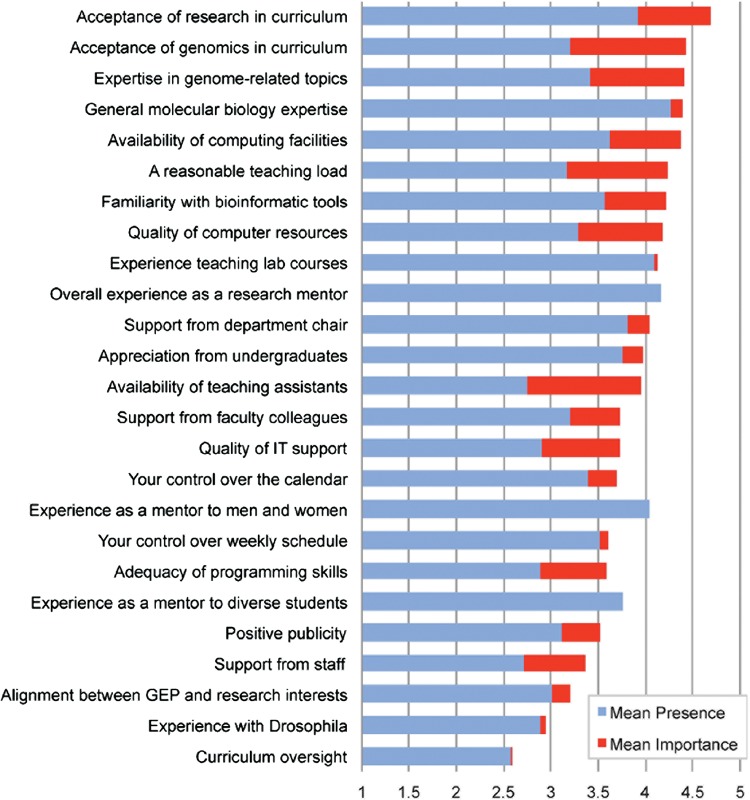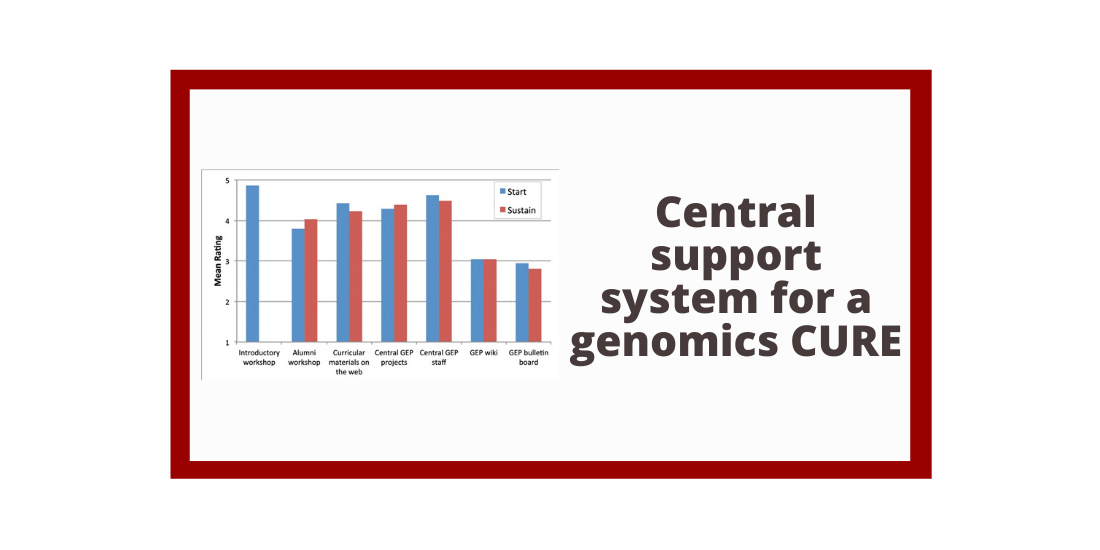Abstract: In their 2012 report, the President’s Council of Advisors on Science and Technology advocated “replacing standard science laboratory courses with discovery-based research courses”-a challenging proposition that presents practical and pedagogical difficulties. In this paper, we describe our collective experiences working with the Genomics Education Partnership, a nationwide faculty consortium that aims to provide undergraduates with a research experience in genomics through a scheduled course (a classroom-based undergraduate research experience, or CURE). We examine the common barriers encountered in implementing a CURE, program elements of most value to faculty, ways in which a shared core support system can help, and the incentives for and rewards of establishing a CURE on our diverse campuses. While some of the barriers and rewards are specific to a research project utilizing a genomics approach, other lessons learned should be broadly applicable. We find that a central system that supports a shared investigation can mitigate some shortfalls in campus infrastructure (such as time for new curriculum development, availability of IT services) and provides collegial support for change. Our findings should be useful for designing similar supportive programs to facilitate change in the way we teach science for undergraduates.

Lopatto D, Hauser C, Jones CJ, et al. A Central Support System Can Facilitate Implementation and Sustainability of a Classroom-based Undergraduate Research Experience (CURE) in Genomics. CBE Life Sci Educ. 2014;13(4):711‐723. doi:10.1187/cbe.13-10-0200

